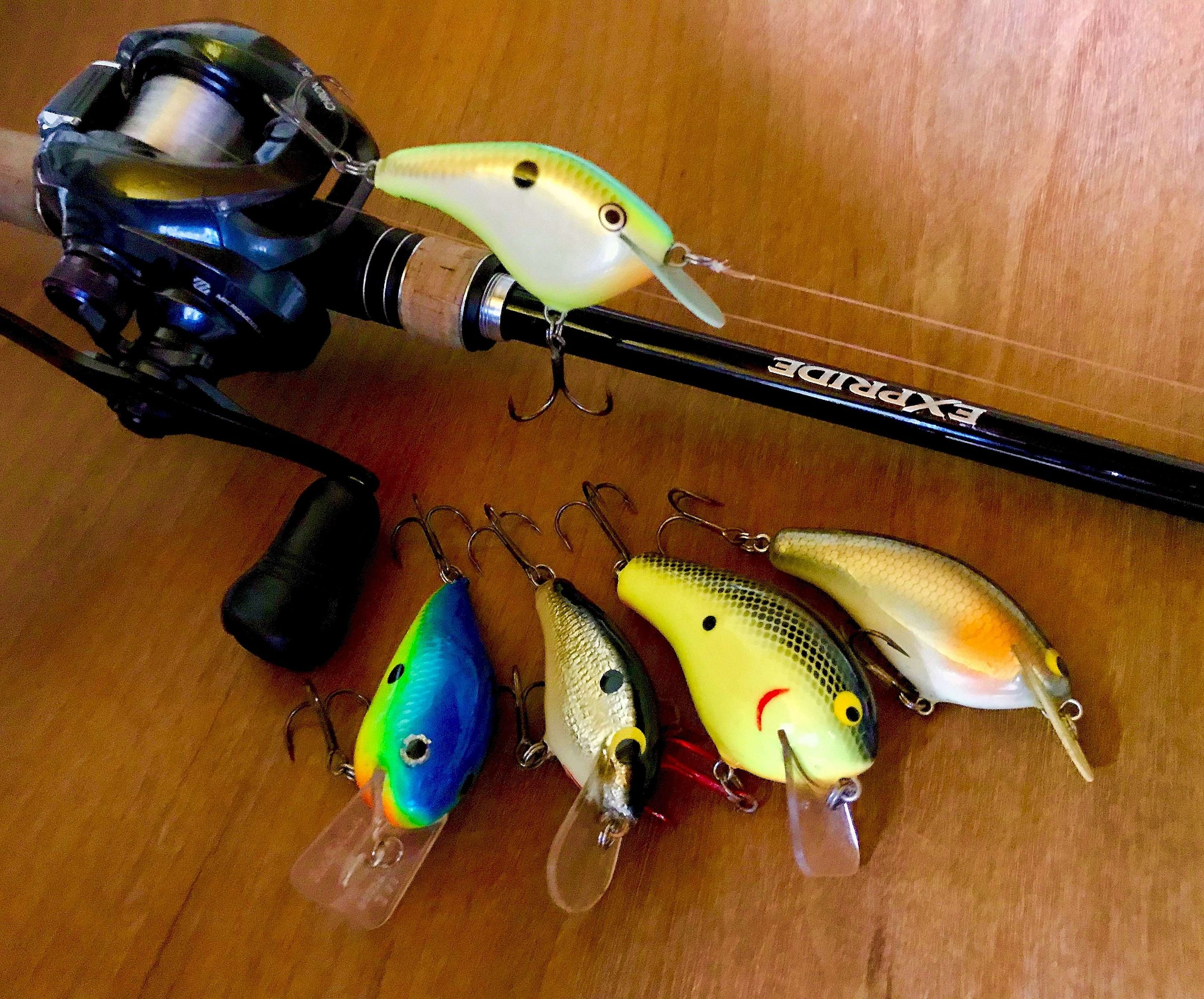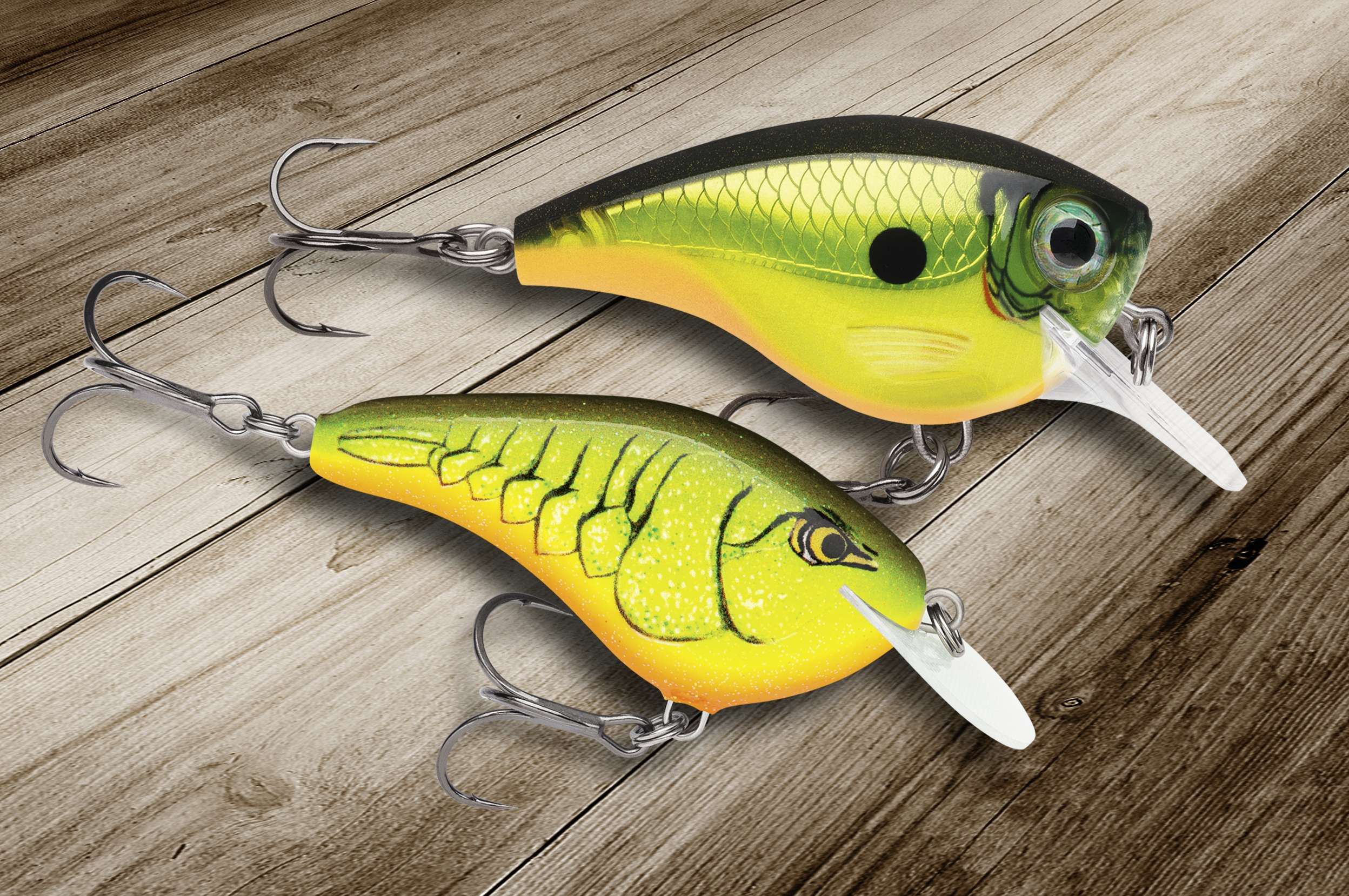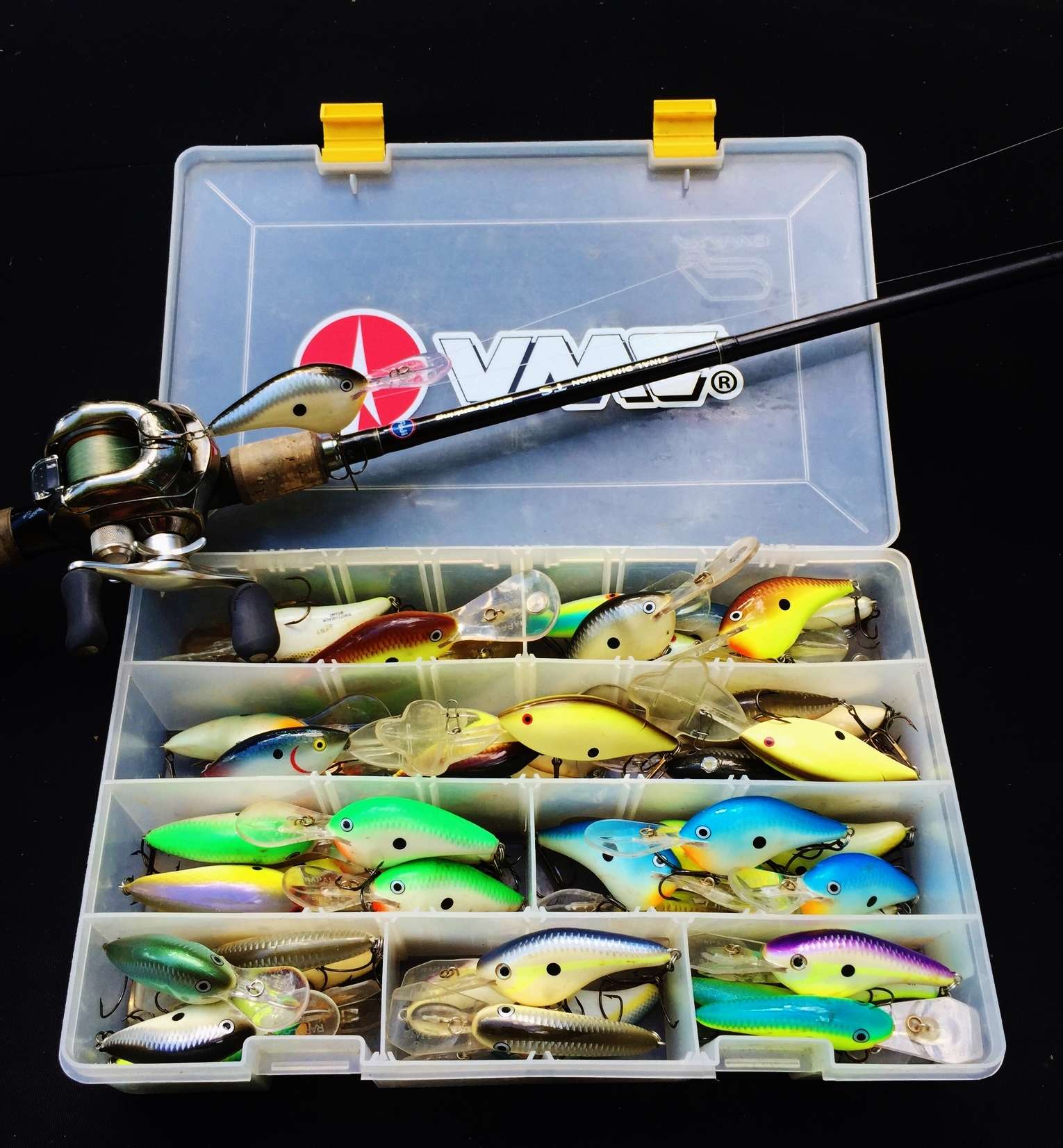
I’m sure many of you are aware of the growing popularity of custom-made crankbaits. The trend seems to strengthen with each new season.
Although the ways in which they are crafted may vary, the intent is always the same: to create a visually appealing lure with a specific buoyancy and swimming action.
But that’s true for all crankbaits. So what is it that makes customized models so appealing? Maybe this will explain it.
Nearly all custom crankbaits are fashioned from some type of wood, including balsa, basswood, cedar or something more exotic. Which of these will depend on the builder’s personal preference for what he likes to work with. Many prefer balsa for its maximum buoyancy. Others choose denser woods for better castability and/or durability.
Preferences for swimming actions vary as well, but two extremes seem to dominate. The most common of which is an erratic, “hunting” movement, whereby the lure runs intermittently off track. The other is for a tight, true-tracking motion.
The hunting variety of crankbaits have a pronounced wobble or “thump,” and they displace considerable amounts of water. They’re ideal for stained-water applications and/or plowing through hard cover.
Crankbaits designed to have a tight shimmy tend to be better in clearer water, and they usually track true at any rate of speed.
There are varying degrees at which a builder may choose to employ these basic actions, and that will largely depend on his personal preference, the clientele he’s targeting and/or the type of water the lures are intended for.
Many of today’s anglers see the advantages of having a variety and range of these customized actions. It’s precisely what gives custom-made crankbaits their appeal … that and the many attractive finishes they come in.
Social non-distancing
Many boutique builders use the internet and social media to reach their market — platforms where word of mouth travels at warp speed.
Facebook, Instagram and numerous websites host a number of forums devoted to the craft and those who appreciate it. Among them are Wood Bait Nation, Carolina Crankbait Supply, Custom Crankbait Techniques, Tackle Underground and a Japanese page — Crankbait Lovers Room.
Within these separate forums, you’ll find references to some of the most accomplished craftsman in the trade. Guys like Brian Huskins of Brian’s Bees, Rob Cochran of Jawjacker Crankbaits, Jimmy Etter of Etter’s Custom Balsa, Norman Coulter of Coulter Cranks, Herman Oswald of Catching Concepts and Wes England of Wee Baits — each possessing his own unique style and approach to making subsurface lures dive.
The products offered by these builders feature either Micarta (commonly referred to as “circuit board”) diving bills or clear, polycarbonate plastics. The lures are shaped and sanded, then coated with a sealant and cured for painting. Some builders offer foil appliques for greater reflection. Some use gel eyes. Others prefer to paint their own. Once the paint is applied, the lures are then sprayed or dipped in clear resin and allowed to dry. After that come the split rings, hooks and packaging.
Big brand retaliation
Large companies, like Rapala and Bagley, are addressing the demand for custom crankbaits.
Bagley — the originator of balsa square bills — reintroduced its old favorite, the Flat Balsa B2 (formerly the B-Flat). It features the original profile but with more contemporary cosmetics. The one size offered measures 2 3/4 inches in length and weighs 3/4-ounce.
Rapala introduced its BX Brat series, which incorporates a clear, ABS hard plastic shell over a balsawood body. The concept combines durability with traditional balsa buoyancy. The Brat comes in two sizes, the smaller of which has two depth designations. The larger size has one.

Rapala’s newest and perhaps their best answer to the custom crankbait craze is the OG Slim 6 — a shallow-running balsa model designed by 2019 Bassmaster Classic champion Ott DeFoe. In fact, a prototype of this new lure helped him win the title.
DeFoe is a longtime subscriber to customized crankbaits and has tinkered with his own designs for years. The “OG” in OG Slim 6 stands for Ott’s Garage, revealing the lure’s origins. “Slim” describes its flat sides and thin profile. The “6” designates its maximum running depth.
Ott’s lure should be available by the time you read this.
Fish them or frame them
There’s no denying the aesthetic appeal of a well-crafted crankbait. Their lines, shape and varied finishes all contribute to their attractiveness. And for some anglers, that makes it difficult to put them to the test. Instead of fishing them, they would rather arrange them in shadowboxes for display.
These crankbait lovers frequent various message boards, chat rooms and tackle shows … even eBay, hoping to acquire as many hard-to-find body styles and color patterns as possible. And they’ll pay a premium for them.
Whether we’re throwing them or displaying them, anglers are lure collectors by nature. We all have an appreciation for well-crafted lures, and crankbaits may very well top the list of desirability.






